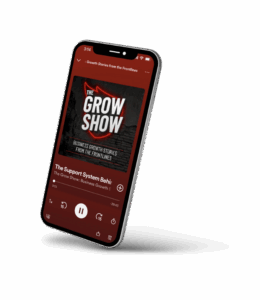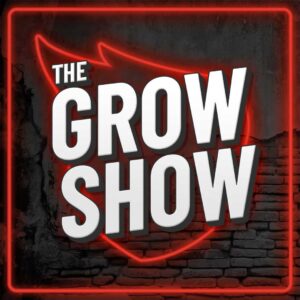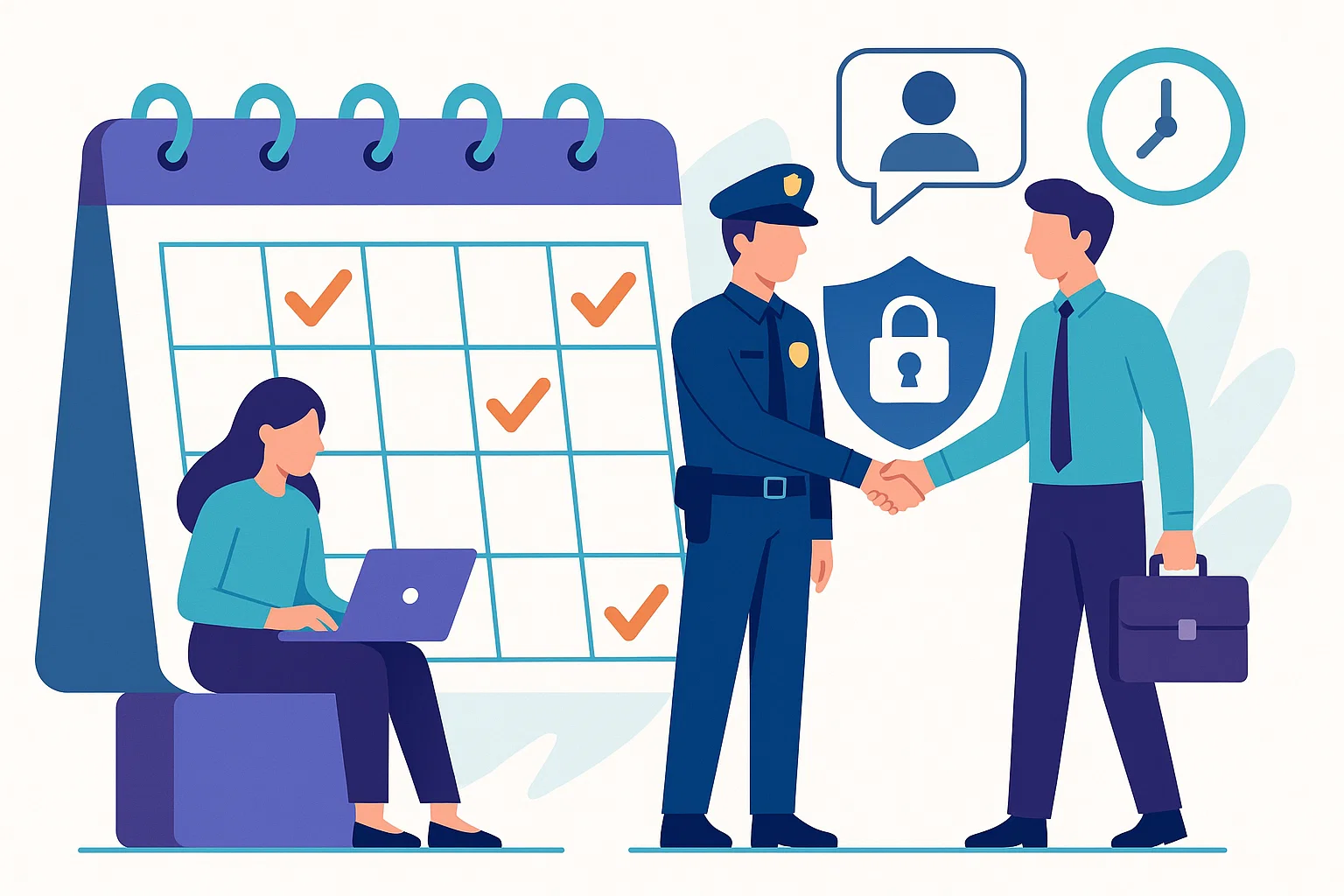In the world of manufacturing, precision matters. Every machine, every process, and every production timeline is built for efficiency. But when it comes to growing your customer base, many manufacturing companies still rely on outdated strategies like word-of-mouth or trade shows alone.
That is not sustainable.
Today, lead generation for manufacturing companies is about building a system that reliably drives high-quality B2B leads through multichannel outreach. It means connecting with procurement officers, supply chain managers, engineers, and C-level decision-makers through cold calls, targeted emails, digital ads, and LinkedIn—all working in sync.
If you’re still depending solely on referrals or hoping inbound leads trickle in from your website, you are missing out on predictable pipeline growth.
This guide will walk you through a modern lead generation playbook built for manufacturers. We’ll break down proven approaches used by companies like MarketJoy and Superhuman Prospecting, explain how each outreach channel works, and show you how to align your sales and marketing efforts to drive results you can measure.
Contents
- 1 Why Manufacturers Need a Better Lead Generation Strategy
- 2 The Foundation: Know Your Ideal Buyer
- 3 Multichannel Outreach: The New Standard
- 4 1. Outbound Email: Start the Conversation
- 5 2. Cold Calling: Qualify in Real Time
- 6 3. LinkedIn: Build Authority and Target by Role
- 7 4. Pay-Per-Click (PPC): Capture High-Intent Buyers
- 8 MarketJoy & Superhuman Prospecting: Lessons from Proven Models
- 9 Nurturing Leads Through the Funnel
- 10 How to Align Sales and Marketing
- 11 Metrics to Track
- 12 Book a Strategy Call and Build a Predictable Pipeline
Why Manufacturers Need a Better Lead Generation Strategy
Manufacturing sales cycles are long, technical, and often involve multiple stakeholders. Even if your product solves a clear pain point, most buyers won’t come knocking on your door until months after they begin researching. If you are not actively getting in front of them, someone else is.
Here’s why a proactive, multichannel lead generation strategy matters:
- Inconsistent referrals slow growth
- Trade shows are seasonal and expensive
- Buyers now prefer to research digitally
- Complex offerings require education and follow-up
- Sales teams waste time chasing unqualified leads
You need a strategy that attracts, engages, and qualifies the right buyers—so your reps can focus on closing deals, not hunting them down.
The Foundation: Know Your Ideal Buyer
Before diving into tactics, you need to define who you are trying to reach.
Typical buyer personas in manufacturing:
- Procurement Manager: Evaluates vendors and pricing
- Engineering Director: Looks for technical fit and integration
- Operations Manager: Focuses on supply chain reliability
- VP of Manufacturing or Plant Manager: Oversees production and equipment
- CEO/President: Strategic partner evaluation
Target industries might include:
- Automotive
- Aerospace
- Medical devices
- Industrial equipment
- Electronics
- Consumer goods
Get specific. The more targeted your outreach, the higher your conversion rate.
Multichannel Outreach: The New Standard
A successful lead generation strategy doesn’t rely on a single channel. It weaves together multiple touchpoints across platforms your buyers already use.
Let’s explore each channel manufacturers should be using—and how they work together.
1. Outbound Email: Start the Conversation
Outbound email remains one of the most effective and scalable channels in B2B lead generation. Done right, it creates 1:1 conversations with decision-makers and warms them up for a deeper conversation.
Best practices:
- Personalize every email with the contact’s name, company, and role
- Speak to their pain points—not your product features
- Keep it short, relevant, and conversational
- Use a clear CTA like “Open to a quick intro call next week?”
Example cold email:
Subject: Lowering your custom part lead times
Hi Sarah,
I work with mid-sized manufacturers like [Company] who are frustrated by long lead times for CNC-machined components. Our clients have been able to reduce average turnaround by 30% while improving part consistency.
Would it make sense to connect for 10 minutes next week?
Campaigns typically involve 4–6 email touches spaced out over 10–14 days.
Tools to use: Instantly, Mailshake, HubSpot, Apollo
2. Cold Calling: Qualify in Real Time
When paired with email, cold calling becomes your fastest path to a booked meeting. It gives your reps a chance to qualify leads quickly, address objections on the spot, and build rapport.
Cold calling tips for manufacturing sales:
- Use a direct opener: “I know I’m calling out of the blue…”
- Focus on a specific outcome, like reducing downtime or lowering material costs
- Ask smart qualifying questions, e.g., “How are you sourcing custom parts today?”
- Don’t pitch—your goal is to book the meeting, not close the deal
Simple cold call structure:
- Permission-based opener
- Value statement
- Discovery question
- Social proof
- Ask for a meeting
Call software to use: Aircall, PhoneBurner, Orum
3. LinkedIn: Build Authority and Target by Role
LinkedIn is a goldmine for manufacturing lead generation if used strategically. It allows you to identify decision-makers, engage with content, and run hyper-targeted outreach.
LinkedIn strategies:
- Use LinkedIn Sales Navigator to build target lists by title, industry, location, and company size
- Send connection requests with a personalized note
- Follow up with value-driven messages (not pitchy)
- Share posts about industry trends, case studies, or common manufacturing bottlenecks
Example LinkedIn message:
Hi Mark, saw you oversee operations at [Company]. I work with firms like yours to streamline production inputs and reduce unplanned downtime. Would love to connect and trade insights.
Your LinkedIn presence supports all your other outreach. When someone Googles you, they see your profile.
4. Pay-Per-Click (PPC): Capture High-Intent Buyers
PPC is your inbound channel in the lead generation mix. It catches buyers already searching for solutions and brings them directly to your site or landing page.
Effective PPC platforms for manufacturers:
- Google Ads: Bid on search terms like “custom CNC parts supplier” or “OEM injection molding”
- LinkedIn Ads: Run lead gen ads to specific roles in specific industries
- Retargeting: Keep your brand in front of site visitors after they leave
PPC best practices:
- Use industry-specific landing pages with a clear value proposition
- Focus on keywords that reflect buyer intent
- A/B test ad headlines and calls to action
- Track conversions by form fills or booked calls—not just clicks
Budget note: Even modest PPC budgets can perform well if campaigns are dialed in.
MarketJoy & Superhuman Prospecting: Lessons from Proven Models
Two companies that have shaped the conversation around manufacturing lead gen are MarketJoy and Superhuman Prospecting. While their models vary, both offer insights worth applying to your strategy.
MarketJoy’s Model:
- Focuses on Account-Based Marketing (ABM) and sales-qualified appointments
- Uses high-quality B2B data, human-verified contacts, and multi-touch outreach
- Relies on strategic nurturing, not mass volume
- Emphasizes personalization, especially in mid-market and enterprise sales
Takeaway: Focus your outreach on quality accounts that fit your ICP, and make every touch count.
Superhuman Prospecting’s Model:
- Known for SDR coaching, script development, and outbound calling execution
- Specializes in conversational frameworks, not rigid scripts
- Prioritizes role-playing, objection handling, and tone delivery
- Builds muscle memory so reps stay sharp and consistent
Takeaway: Invest in real training for your SDRs. Tools are important—but technique drives results.
Nurturing Leads Through the Funnel
Most leads won’t convert on the first call or email. That’s why nurturing is a critical piece of lead generation for manufacturing companies.
Email nurture flows might include:
- Case studies by industry
- Educational blog posts
- Invitations to webinars or virtual factory tours
- ROI calculators or product comparison sheets
You can automate this using marketing platforms like ActiveCampaign, HubSpot, or Mailchimp. But make sure your messages feel personal and helpful—not spammy.
How to Align Sales and Marketing
Lead generation only works when marketing and sales operate on the same page. That means shared KPIs, lead definitions, and a feedback loop.
Key alignment steps:
- Define a Marketing Qualified Lead (MQL): Based on fit + behavior (e.g., downloads + industry match)
- Define a Sales Qualified Lead (SQL): Based on interest + budget + timeline
- Have weekly syncs between SDRs and marketers to review campaign performance
- Track conversion rates from lead to meeting to opportunity to closed deal
Sales should inform marketing what messaging resonates, and marketing should surface which leads are engaging.
Metrics to Track
You can’t improve what you don’t measure. Key metrics for lead generation success include:
- Open rate (email): Benchmark is 25–35%
- Reply rate: 8–12% is strong for cold outreach
- Call-to-meeting conversion rate: Aim for 15–25%
- Cost per lead: Lower is better, but quality matters
- Pipeline contribution: How many qualified leads are turning into real opportunities?
Review these weekly and optimize based on what’s working.
Book a Strategy Call and Build a Predictable Pipeline
Lead generation for manufacturing companies is no longer optional—it is the growth engine for companies that want to scale with purpose. The good news? You don’t need to guess your way through it.
At Abstrakt, we help manufacturers build multichannel lead generation programs that combine outbound email, cold calling, LinkedIn, and PPC into one cohesive system. We implement proven models used by industry leaders and tailor them to your unique buyer personas, product complexities, and market segments.
If you’re ready to stop relying on word-of-mouth and start building predictable pipeline, book a strategy call today. We’ll review your current approach, highlight immediate wins, and build a roadmap to help you reach more buyers, more consistently.

Madison Hendrix
Madison has worked in SEO and content writing at Abstrakt for over 5 years and has become a certified lead generation expert through her hours upon hours of research to identify the best possible strategies for companies to grow within our niche industry target audiences. An early adopter of AIO (A.I. Optimization) with many organic search accolades - she brings a unique level of expertise to Abstrakt providing helpful info to all of our core audiences.
- Madison Hendrix#molongui-disabled-link
- Madison Hendrix#molongui-disabled-link
- Madison Hendrix#molongui-disabled-link
- Madison Hendrix#molongui-disabled-link







